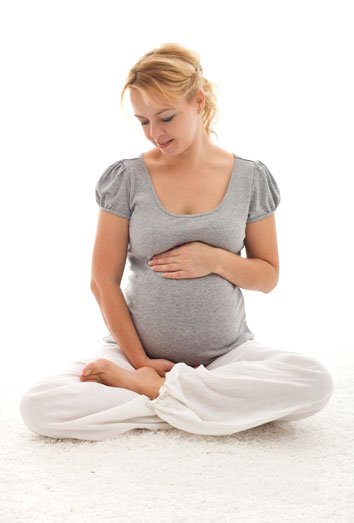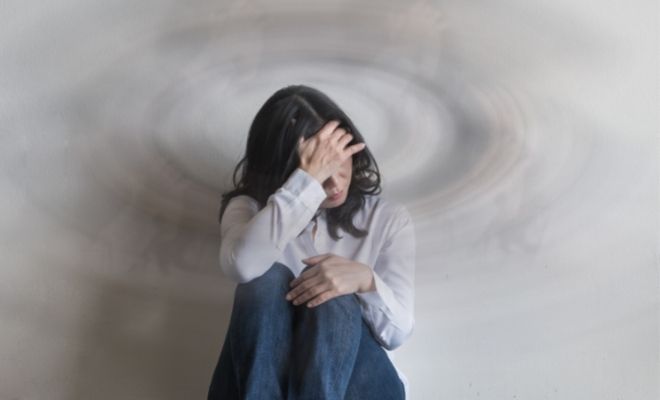Decreased anxiety during pregnancy and the luteal phase of a woman’s menstrual cycle, and a worsening of symptoms of many anxiety disorders after childbirth, suggest that progesterone may play an important role in sex differences in women. Anxiety disorders.

Scientists have developed an interesting hypothesis to understand the greater vulnerability of women of our time to developing anxiety disorders. Until the last century, a short time ago, women remained pregnant or lactating for many years of their adult lives, which meant that their bodies were exposed to high levels of progesterone for a long time.
Progesterone and anxiety
This hormone and its metabolites increase the sensitivity of the GABA-A receptor, a key element in reducing the anxiety response in the brain. What these authors propose is that, perhaps, the change in current women has been too fast, causing their organism, due to the lower levels of progesterone than those that were normal for them, to present a greater susceptibility to developing responses disproportionate and pathological anxiety.
The incidence of anxiety disorders varies according to the different phases of the hormonal cycle in which the woman finds herself. If we also take into account that the changes introduced by reproductive hormones during the intrauterine phase and puberty, the menstrual cycle, pregnancy and menopause, clearly modify brain structure and function, all of which suggests that sex hormones play a determining role in the cause of clinical manifestations of anxiety.
Although information is not yet available about the impact of female reproductive hormones on the course and severity of social anxiety, there is no doubt about the influence of these hormones both on avoidance behavior in women and on anxiety. Social. It has been observed that diagnosed women tend to present a worsening of symptoms in the premenstrual phase of the cycle, just as pregnant women exhibit increased levels of social anxiety in the first trimester of pregnancy.





